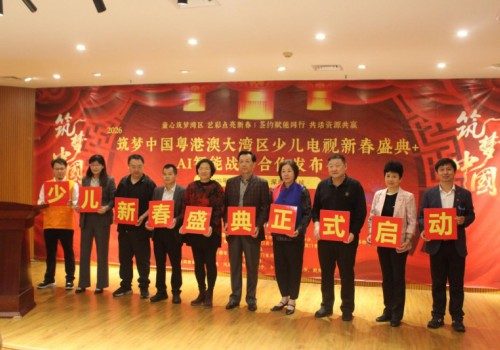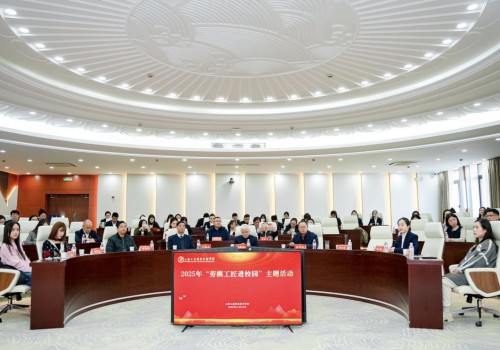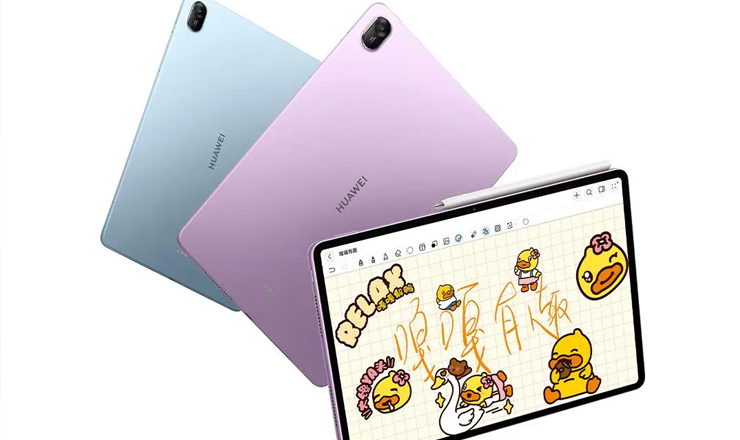By+Deng+Yaqing
Zhang Yunyun, a 27-year-old girl, seems excited. “I ordered an iPhone 5S with 4G service on the official China Mobile website. Im fed up with the slow Internet speeds when I browse news and play cellphone games on my way to work,” said Zhang, who works at the international department of Peking University. She often chats with friends on social networking apps like WeChat and QQ.
Zhang had been captivated by the iPhones glamorous appearance and powerful functions for a long time. However, due to the absence of a China Mobile iPhone contract and her reluctance to change the phone number, Zhang had held on to her current phone for two years.
On December 23, 2013, China Mobile and Apple Inc. announced that its 4G capable iPhone will be put on sale simultaneously at China Mobile business halls and Apple stores on January 17 this year, and fans of Apple products were able to place an order as early as December 25, 2013. The deal marked an end to Apple-China Mobile negotiations that spanned six years.
Despite the fact that China Mobiles 4G network only covers 16 major cities, a small segment of its 763 million users, a goal has been set to expand coverage to 340 cities.
“The iPhone is popular in the Chinese market, and there are still a large number of potential consumers to tap into,” said Xi Guohua, Chairman of China Mobile Communications Corp., in a recent statement.
Apples CEO Tim Cook also expressed optimism about the deal. “By joining hands with Chinas largest telecom operator, Apple can get access to the most vibrant and rapidly expanding user group.”
“Consumers can enjoy high-speed network services by using China Mobiles custom iPhone, which supports the 4G Time-Division LongTerm Evolution (TD-LTE) and 3G Time DivisionSynchronous Code Division Multiple Access (TDSCDMA) network,” said Xi.
After the Ministry of Industry and Information Technology (MIIT) on December 4 issued 4G TD-LTE licenses to the countrys three telecom operators—China Mobile, China Unicom and China Telecom—a fresh race has started between smartphone makers in the brand new 4G era.
Domestic vendors are scrambling to launch corresponding terminals. As early as October, Taiwan-based HTC unveiled its first 4G LTE model One Max. To catch up, ZTE also launched its LTE series of products at the 2013 China Mobile Global Partner Conference on December 17. Huawei decided to differentiate itself by promoting LTE handsets with different prices, according to Hu Honglian from Huaweis Terminal Marketing Department.endprint
The International Data Corp. predicts that a total of 450 million smartphones will be manufactured by Chinese companies in 2014, an increase of 25 percent, of which 120 million will be compatible with 4G.
Although domestic smartphone vendors have mainly targeted mid- and low-end consumers, they have begun to look to the higher end of the market after successfully seizing more than half of the domestic market with models priced below 2,000 yuan($330).
“Without a doubt, the teaming up of the iPhone and China Mobile will put pressure on the domestic vendors that have gathered the courage to penetrate into the high-end market,” said Liu Zhenghao, an industry analyst.
Counterattack
As one of the 4G standards recognized by International Telecommunication Union, LTE has two variants—TD-LTE, the upgraded version of the homegrown TD-SCDMA standard and FDD-LTE, which is more popular worldwide.
Aside from TD-LTE, the MIIT said it will also issue licenses for FDD-LTE when the time is ripe.
For consumers, 4G means faster mobile Internet speed, higher definition videos and more applications. For telecom operators, having a foothold in the market will bring about more business opportunities and a rise in profitability.
When 3G licenses were issued in 2009, China Mobile was designated to promote the homegrown TD-SCDMA network, while China Unicom and China Telecom received permission to use the WCDMA and CDMA2000 standards.
Faced with an incomplete TD-SCDMA industrial chain, China Mobile lost millions of customers to China Unicom and China Telecom. Despite the fact that it has more than 100 million users, the utilization rate of its 3G network is lower than 15 percent in many provinces. According to its 2012 financial report, only one quarter of data traffic came from its 2G and 3G networks.
Now, its time for China Mobile to make a turnaround. At the 2013 China Mobile Global Partner Conference, the telecom giant showed its ambition when it revealed its plan to build more than 500,000 4G network base stations.
The costs of large-scale network construction will weigh on profits. Colin McCallum, an analyst from Credit Suisse, said that the expectation of China Mobiles net profit and target share price would be reduced by 9.1 percent and 6 percent, respectively, in 2014.
Beyond that, cellphone subsidies will also erode margins. McCallum believed the deal between China Mobile and Apple will push the former to invest another 5.3 billion yuan($875 million) into subsidies for iPhones.endprint
“Not counting in expenditures like network maintenance, it will still take nearly 100 billion yuan ($16.5 billion) to complete the 4G networks construction,” said telecommunication analyst Fu Liang.
A potential reshuffle
Apples brand status and China Mobiles 4G preemptive move will generate a synergy, which will squeeze the two other major operatorspresence in the high-end market, said Yang Qun, chief analyst of Warring Strategy Public Relations.
Nonetheless, it doesnt mean hordes of consumers will immediately switch to the new 4G network. According to iiMedia Research, in November 2013, the numbers of 3G and 2G network users were 380 million and 837 million, respectively. This shows that in the past five years of 3Gs existence in China, many consumers were still glued to the original 2G network. In this way, China Unicom, which has maintained a predominant position in the 3G era, will stay on top for the time being.
Due to the need of integrating FDD-LTE with TD-LTE, China Unicom still attaches great importance to the network construction of the FDD-LTE, which is more widely accepted globally.
In an interview with China Central Television in December 2013, China Unicom President Lu Yimin noted that the company is aiming for a smooth and seamless upgrade from 3G to 4G. Apparently, as the most popular operator favored by high-end consumers in the 3G era, China Unicom is unlikely to cede market share to its biggest opponent.
China Telecom has to invest hugely in building up its 4G network. Owing to the relatively high customer loyalty brought by its mature 3G mobile network, China Telecom has time to breathe and catch up.
Qi Feng, Senior Vice President of D-Phone, a Chinese retailer of mobile phones and accessories, said 3G mobile phones still accounted for 91.2 percent of total sales during New Years Day.
“The orders for China Mobile iPhone 5S and 5C are 60 percent less than that of China Unicom. Many consumers still take a skeptical attitude toward 4G products. After all, it is still a novelty,” said Qi.endprint
此文由 中国教育导报-早教编辑,未经允许不得转载!: 中国教育导报 > 早教 » Fourth Generation








